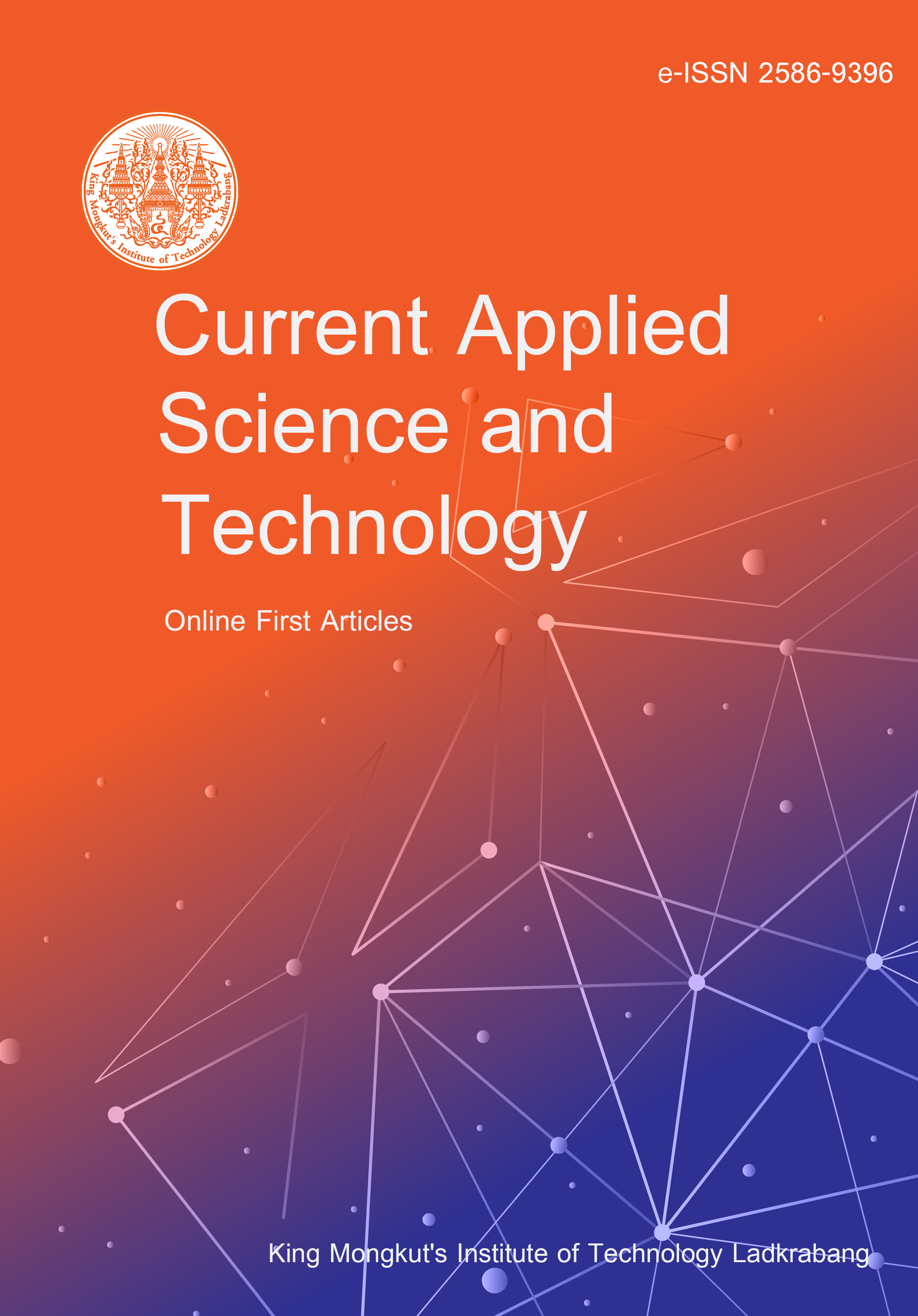The photorefractive (PR) effect, a nonlinear optic phenomenon, occurs in materials that have electro-optic (EO) properties. When two coherent beams of light interfere with each other in a PR material, donor electrons between valence band and conduction band, caused by material impurity, absorb the photon and are excited into the conduction band and generate electron-hole pairs. This process induces a periodic electric field called a space charge field that alters the material’s refractive index due to the EO effect. In this research, we explored reflection grating (RG) in an imperfect Ce-doped BaTiO3 crystal and then showed optical image correlation using the RG. Two beam coupling was investigated using two non-Gaussian incident beams on the opposite surface of an imperfect Ce-doped BaTiO3 crystal. Light at green wavelengths from a semiconductor laser was used as the source of the incident beams and entered at certain angles relative to the crystal c-axis. Large beam coupling power was observed in both incident directions when the angle between both incident beams is at Bragg’s angle in the direction of the c-axis. The diffraction light was found to be in the same polarization as the incident beam. In addition, interesting results for the optical correlation using reflection grating were demonstrated. These results suggest that by doping BaTiO3 with cerium, strong beam coupling or photorefractive grating can be observed with certain incident writing angles on the crystal, which could be utilized in future flexible holographic devices in the future.
Khotphuthon, W. undefined. ., Plaipichit, S. undefined. ., Suchat, S. undefined. ., & Buranasiri, P. undefined. . (2025). Photorefractive Effect in an Imperfect Cerium Doped Barium Titanate Crystal: Reflection Grating Case. CURRENT APPLIED SCIENCE AND TECHNOLOGY, e0263975. https://doi.org/10.55003/cast.2025.263975

